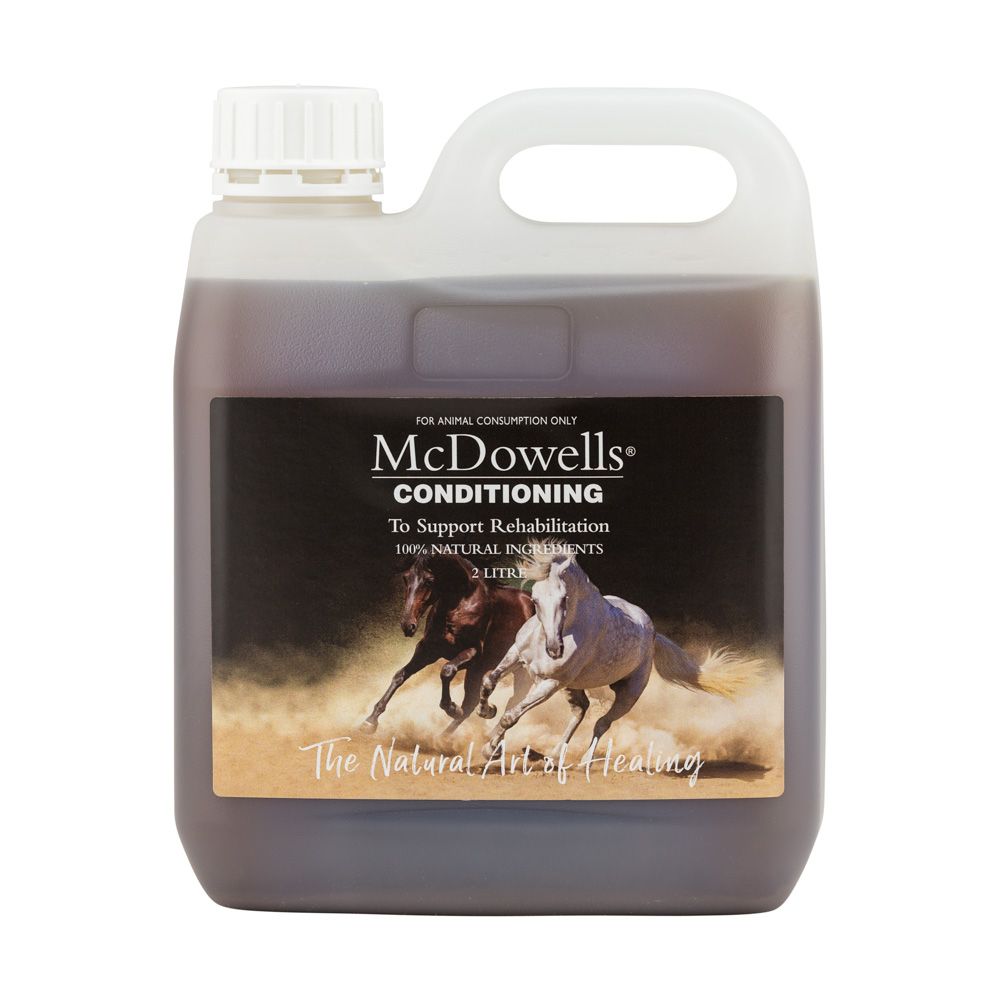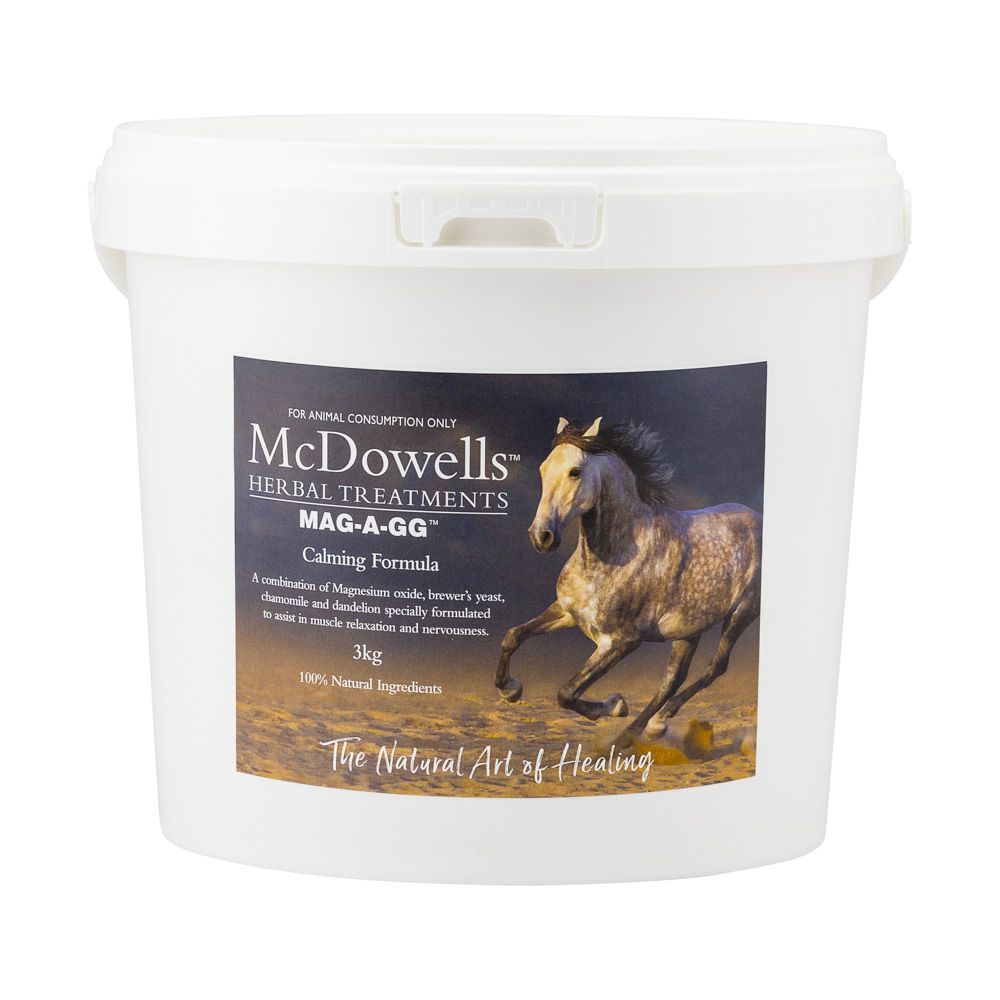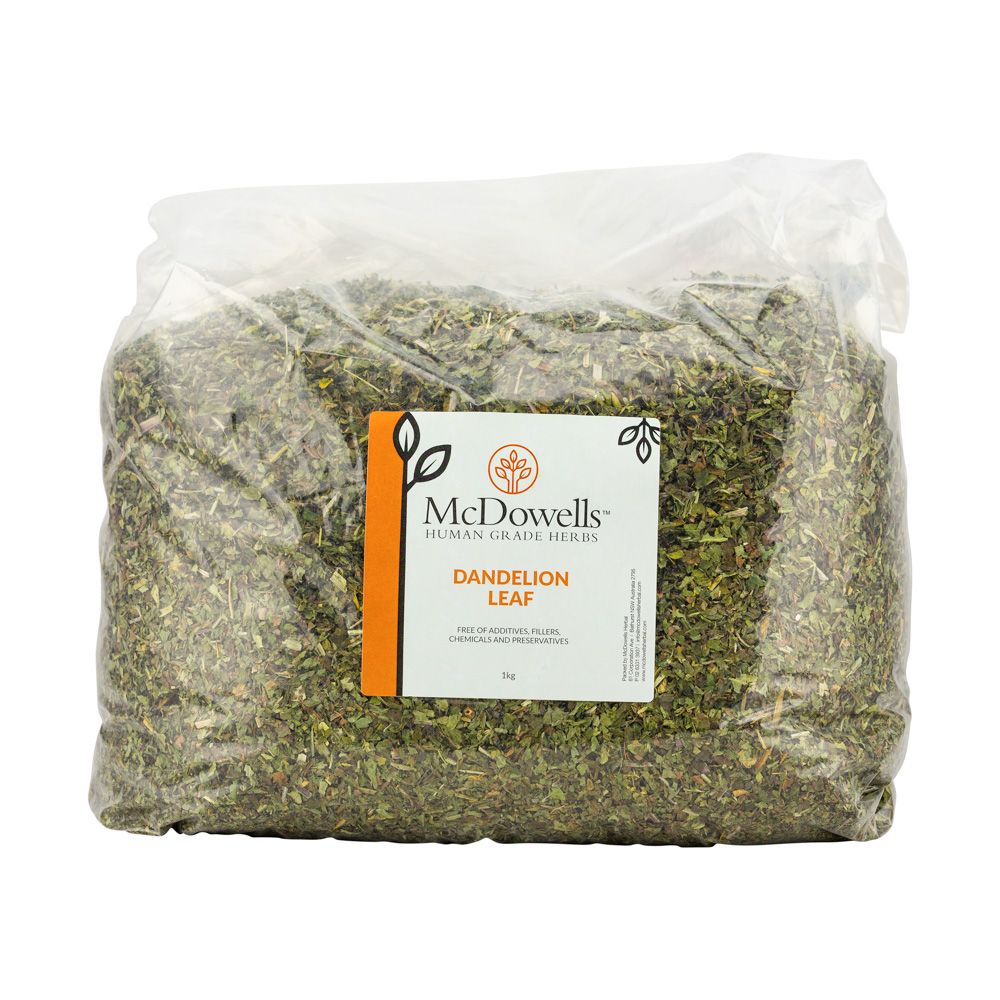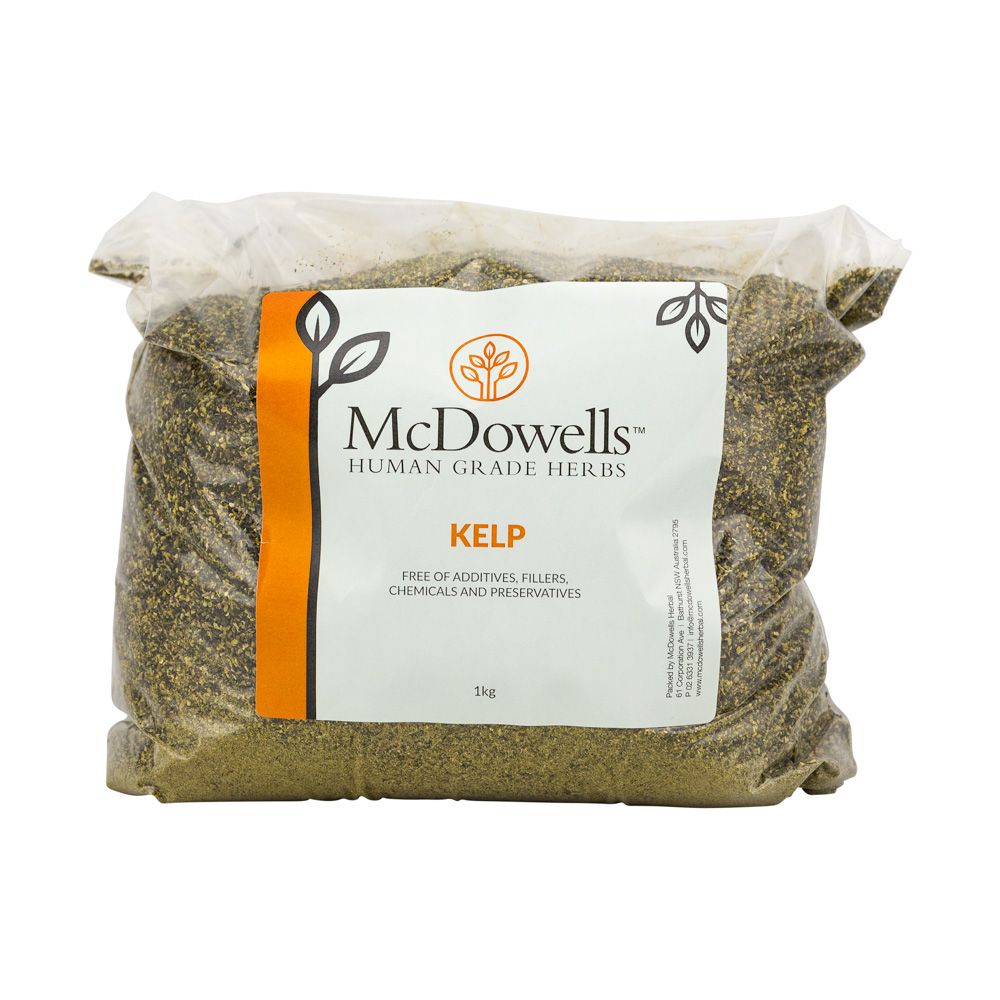Paterson's Curse is an annual (occasionally biennial) plant that grows in autumn and winter and produces flowering stalks in spring and early summer. The rosette usually grows close to the ground, though sometimes the leaves may be thick and grow higher. Most of the time its growth follows an annual cycle, with seeds germinating after the first autumn rains and the plant increasing in size over winter, with the flowers coming through in spring.
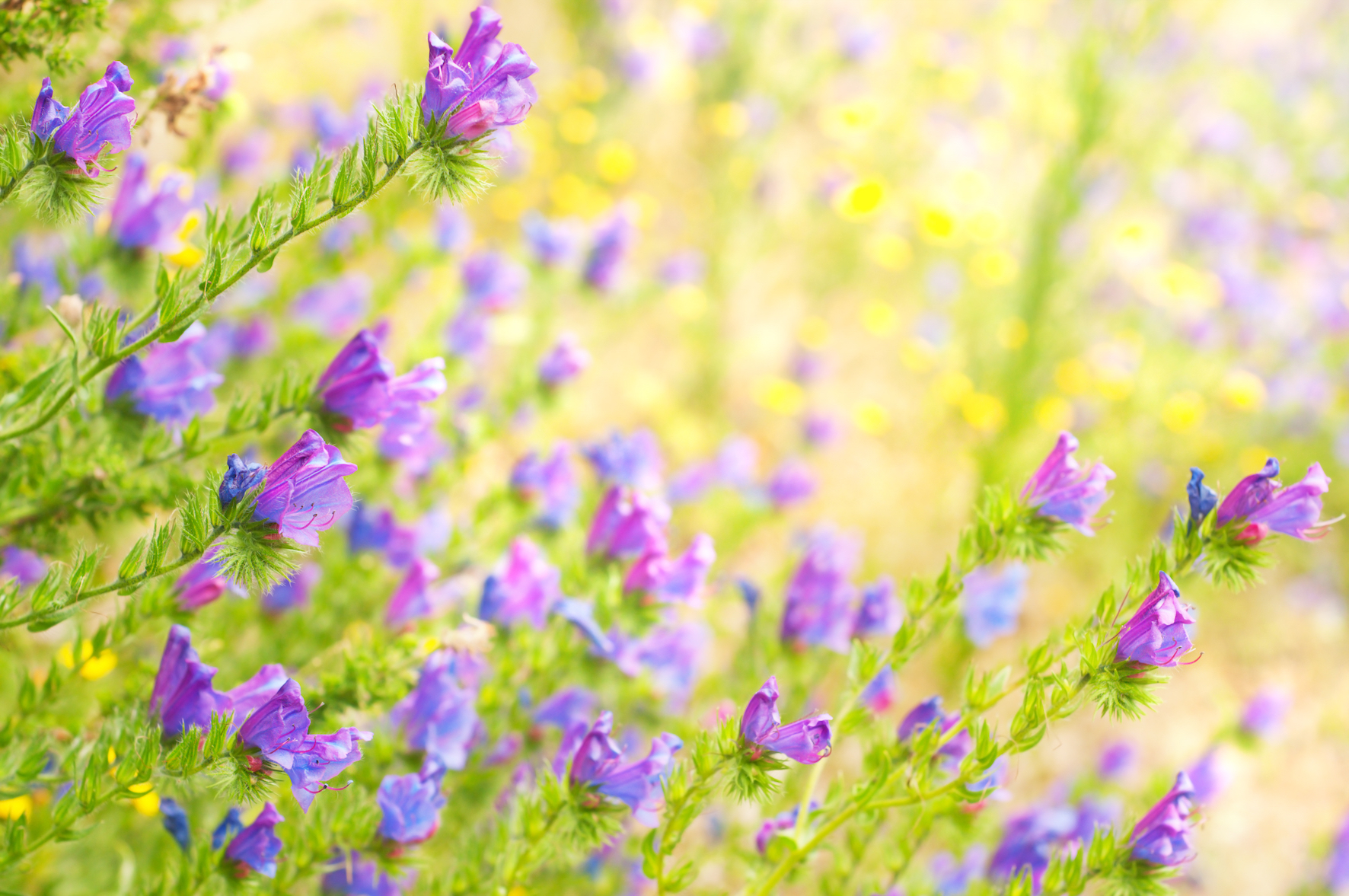
On our own property we have Patterson's Curse and after the recent years of drought and the recovery over the past twelve months many people are dismayed at the proliferation of the 'curse' in their paddocks.
However, all of our own horses are happily grazing in paddocks some of which have quite large patches of Paterson's Curse in them.
Our Landcare Agronomists tell us that the Patterson's Curse appears only when the ground has been disturbed and have pointed out in the regeneration areas of our property the weed is only found along the tracks used by the kangaroos and other wildlife.
They tell us that it performs a useful function in this situation where the ground is packed down by sending its taproot deep into the compacted soil and breaking it up.
Also that when the grasses re-establish themselves, they will naturally compete with this weed and it will disappear on its own.
Follow on grazing methods with sheep offers one of the best management of Paterson's Curse – they will eat the young shoots and they are not affected by the alkaloids in the plant that cause liver disease in horses.
We use CELL grazing methods and our neighbour's sheep. This is, however, only possible in paddocks where the fencing is sheep proof.
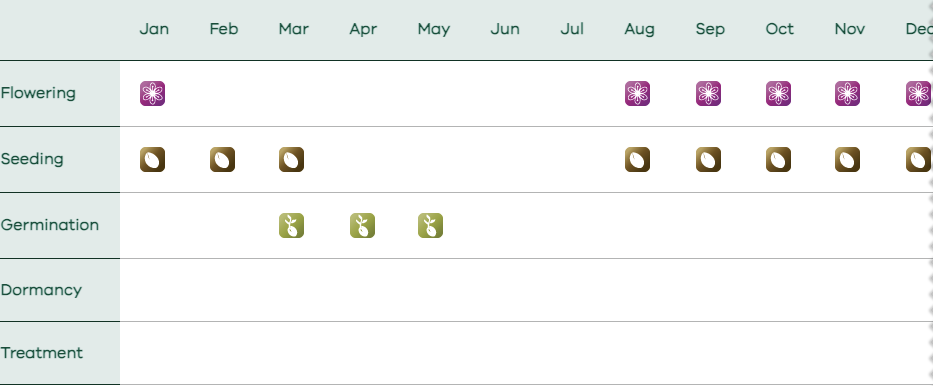
Graph from Agriculture Victoria
The systems involved
What we need to understand is the horse's natural behaviours and instincts; our feeding and farm management practices; and our pasture as a natural system all together, and then make simple accommodations to ensure that we don't force our horses into a situation where they poison themselves.
1. A horse in the paddock will have its head down most of the day grazing and moving about. He is actually choosing every single mouthful of feed and his gut is full all day long.
2. This selective grazing will leave untouched particular plants and we need to manage and to spell our paddocks to maintain a healthy blend of grasses and healthy soils.
3. If a horse is hand-fed and left a small paddock for too long, there will be nothing but bare packed dirt and Patterson's Curse in the spring time and summer and nothing at all but bare earth in the winter.
This demonstrates to me that a horse's instincts already protect it from involuntary poisoning as the vast majority of horses will not graze on Paterson's Curse, even if there is nothing else about. We all know horses kept under these conditions.
We do reiterate that the best thing you can do is observe your horse. Some horses have their instinctual eating disturbed and develop a 'taste for the Curse'. If you observe this habit, then you will need to address this through management.
To take the approach that we need to spray and poison the paddock to protect our horses is ridiculous.
- It damages our pastures both with the chemicals and by disturbing the blend of grasses, clovers and other plants, which make our soil and our pasture healthy.
- It prevents the taproot of this plant and other deep-rooted plants like dandelion (an excellent liver tonic) from playing their part in aerating and composting our subsoil.
- It destroys these broad leaf plants that protect the topsoil and humus with its colonies of bacterial and fungal fauna in those areas where the ground has been disturbed and its natural cover damaged.
Modern programs of over-grazing and then working the soil several times, poisoning the emergent weed growth and sewing "improved pastures" go against all common sense and the fundamentals of both the horses needs and intelligent land management.
- The soils are left unprotected and the natural fauna, which support healthy humus and topsoil, are destroyed by the exposure and the chemical sprays.
- The natural balances of minerals in the soils are degraded.
- The nutritional value of the pastures grown in such soil is severely compromised.
- The variety of plants that the horse can choose amongst to feed and regulate its metabolism and health is severely restricted.
All we achieve by such practices is to produce the 'look' of healthy pasture to an uneducated observer!
What can we do to protect our horses?
Increase nutrients and quality of the feed you are giving to your horse;
- You should feed your horse dandelion, chamomile, fenugreek, fennel, garlic and rosehips
- You should allow it access to free access to kelp, sea salt and dolomite to provide any minerals or trace elements missing from the feed and pasture.
- Provide regular opportunities for your horse to graze in laneways or other areas of unimproved pastures and weeds.
- Feed meadow hay in preference to cultivated and irrigated lucerne or other commercial hay.
- Reduce your horse's exposure to all commercial processed horse feed
- Resist the temptation to use poisons/chemicals either on the ground, or in your horse's stomach
- Rotate and spell your paddocks regularly. Consider mixed grazing of animals
- Protect your ground cover and the colonies of bacteria and fungi, which are the lifeblood of your humus at all, cost and...
- Learn to love your weeds!
McDowells Products
To supplement daily consider the Tendon and Bone and Mag-A-GG to meet the nutritional needs that may be lacking in the pasture you keep your horse on.
When your horse's metabolism has been severely compromised by some form of poisoning, I always recommend the following mix of herbs: borage, chamomile, dandelion leaf and root, garlic, hawthorn, kelp, nettle and fennel as well as walnut, scleranthus and Rescue Remedy.
If your horse has been affected by Paterson's Curse then you need dandelion leaf, root and the Conditioning Mix.
In conclusion:
All you need to do to protect your horse from Patterson's Curse poisoning is to change it from a susceptible horse, to one which is not susceptible.
If your horse is not nutritionally or environmentally stressed and is free to graze on healthy pasture at times and to choose what it eats, it will not go out looking to poisonous plants for missing minerals or to satisfy its subverted grazing instincts. We are starting to receive grateful messages from relieved horse owners who have used the mix successfully in the past.
References
Agriculture Victoria
https://agriculture.vic.gov.au/biosecurity/weeds/priority-weeds/patersons-curse

